The wine world is always experimenting and pushing boundaries. From the Passion Fruit wines of Hawai’i to the Honey Wines (Mead) of Europe, if it can be fermented, it will inevitably become wine at some point in history. And why not? Remember, it was not all that long ago that Pinot Noir was looked ill upon in the Americas and after the release of the movie Sideways, the powerhouse staple of Merlot was knocked out of the marketplace virtually overnight and replaced by, well, Pinot Noir.
Winemakers were scrambling to pull out their Merlot plantings in favor of Pinot Noir to see if their vineyards were capable of producing the newly desired varietal. Mead producers have the same situation occurring with flower varietal specific honeys for production – if Acacia pollen is in favor, that is what they are planting, but the wildflower blends may shift into favor, and thus they have to move quick to replant for the next spring to stay on top of the market.
At some points in history (this being one of them), experimentation takes the helm. To put it in musical terms, after generations of Renaissance, Classical, and Romantic musical periods that defined the “pop” music sounds of the time, the Modernists entered with a bit of experimentation and paved the way for the Post-Modernists by which most all of the traditional rules went out the window (see John Cage’s “Silence”). In much the same way, we can relate the abandon of a classically structured variety like Merlot to usher in the more-modern Pinot Noir with its earthy, truffle and cola notes which leads us to the topic of today’s post, the experimental Cheese Wine that has began to take hold in the marketplace.
But how the hell do you make cheese into wine!?
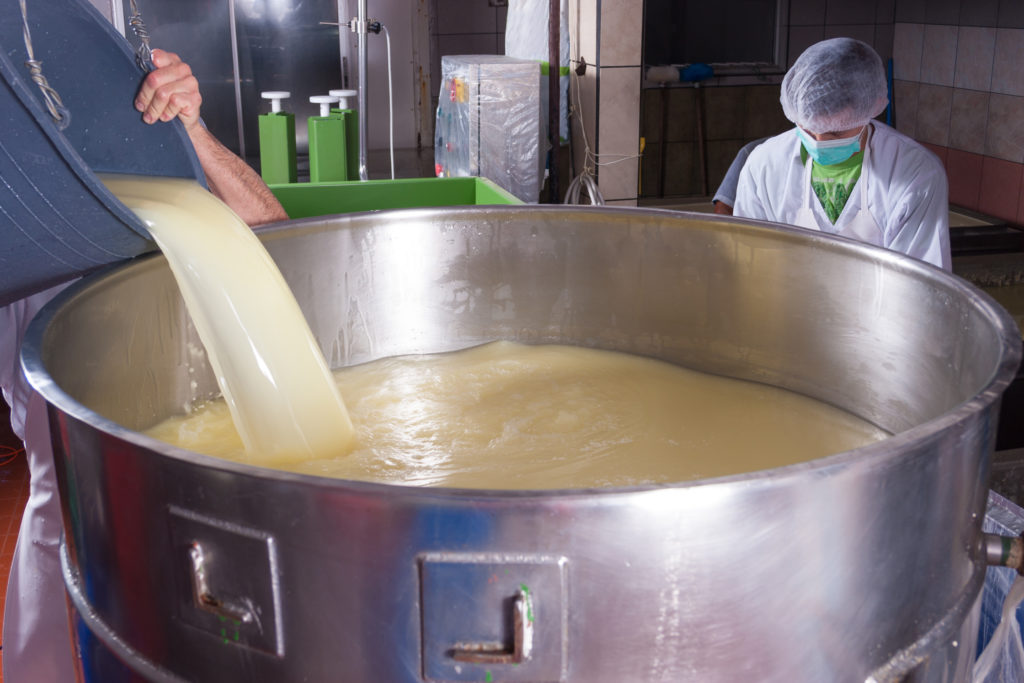
The process isn’t actually too far from the process with grapes. Instead of a crush with the grapes, the cheese (and in some cases the rind as well) are blended with the addition of water and left to sit together similarly to the process of red wines sitting with the skins and stems to extract color and flavor. Sugar is added (but does not affect the finished product) as a food for the yeasts (a process known as Chaptalization) which are then incorporated to begin fermentation. Much like wine, native yeasts to the location of the cheese and water source are used to protect the finest provenance and showcase the terroir to the fullest potential.
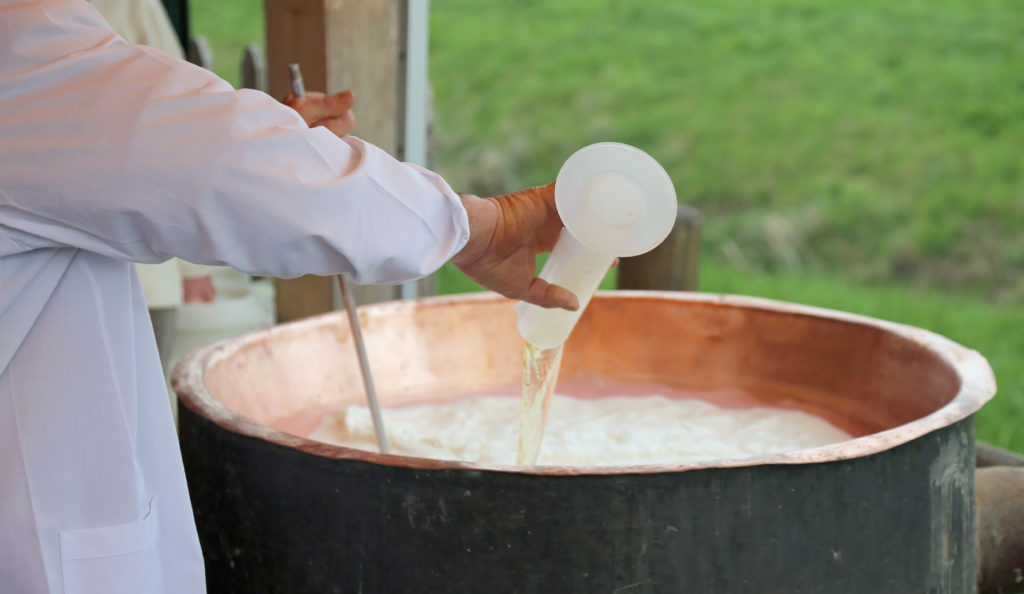
Also like wine, a cap forms from the solids during fermentation that needs to be pushed back into the product, but unlike wine, the porous nature of cheese solids requires the addition of a bit of treated, fermenting liquid that is created on the side at the beginning of the Cheese Wine’s production to keep the same rate of fermentation when added back in to maintain a stable liquid volume.
Another point of note with the production of Cheese Wine is that stainless steel tanks are always used to keep additional reduction from occurring durring the fermentation process. The airtight nature keeps reduction from occurring as much as possible as reduction in Cheese Wine can ruin the final product by becoming so concentrated, the flavors and aromas become off putting.
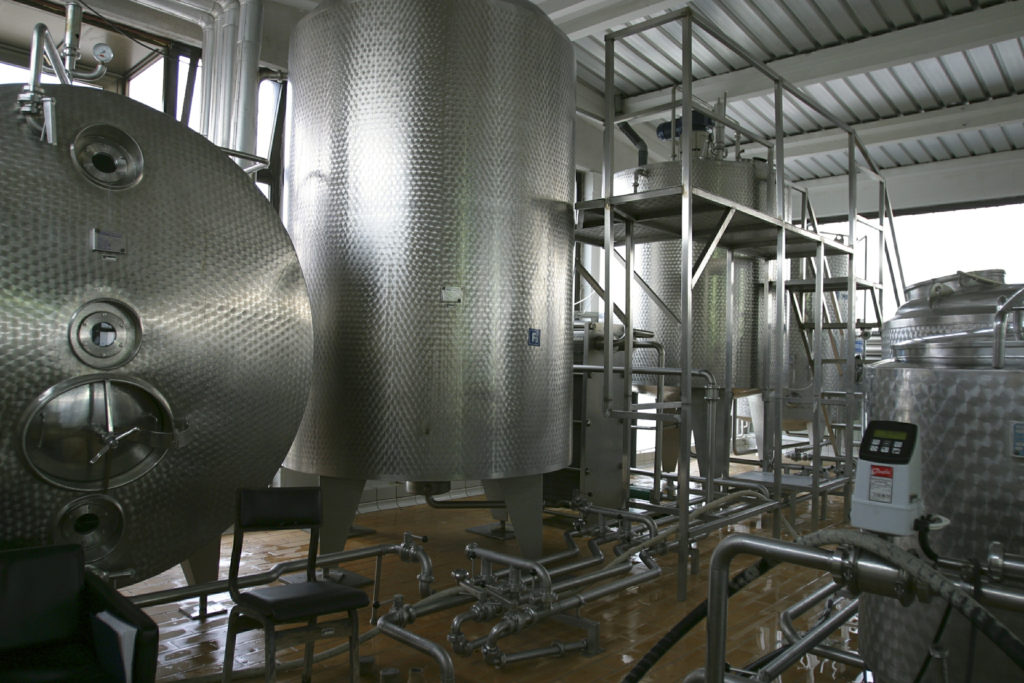
Much like regular wine, fermentation is halted or completed and the Cheese Wine spends time in tank sitting on its lees (dead yeasts and debris) to add a softness to counter the high acidity levels that the fermentation process creates.
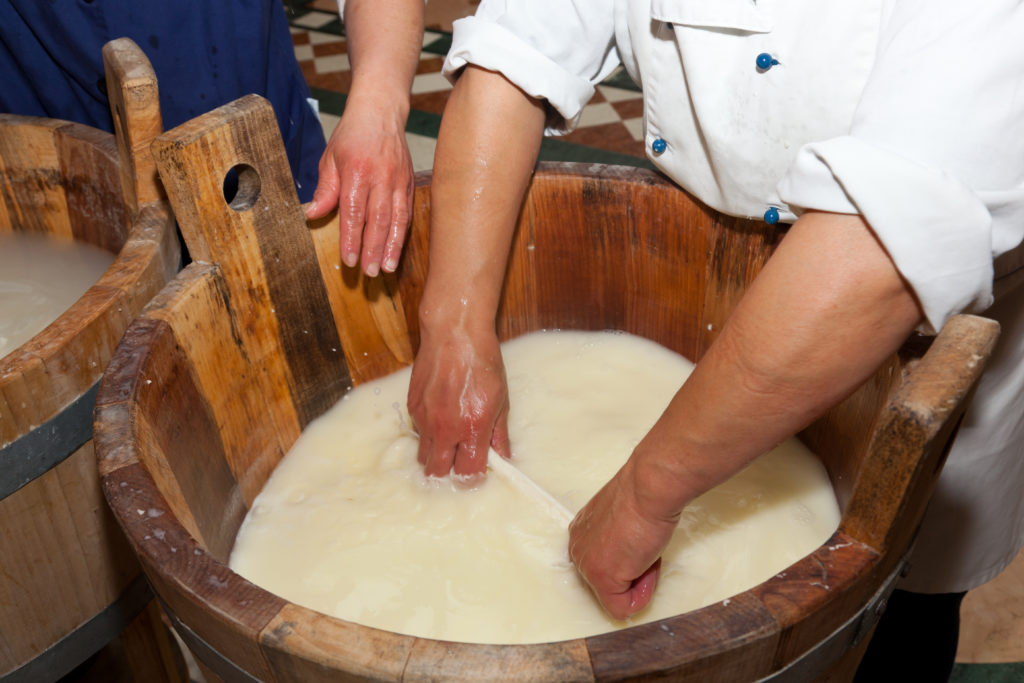
Some Cheese Wine producers may desire the influence of oak (French or American, new or neutral – just like wines), and due to the nature of Cheese Wine productions requirement for little to no reduction of the juice to maintain flavors durring and after fermentation, producers have gotten creative. Generally a smaller portion of the finished juice is pulled alongside the formed cap and transferred into open top oak “half barrels” where the cap is hand pressed to remove any additional liquid and barrels are marked for original juice levels and level after the cap squeeze occurs. When the natural reduction reaches the original level prior to the squeeze, the juice is transferred back into the stainless tanks and allowed to amalgamate with the non oak influenced juice to create a dynamic, structured experience, similar to the oak influencing on California Chardonnay wines.
Cheese Wine is also a product that leaves very little to waste. In our modern world of reducing carbon footprints and desire to use products to their fullest by eliminating all or as much as waste as possible, Cheese Wine is at the forefront of the movement for sustainable winemaking.
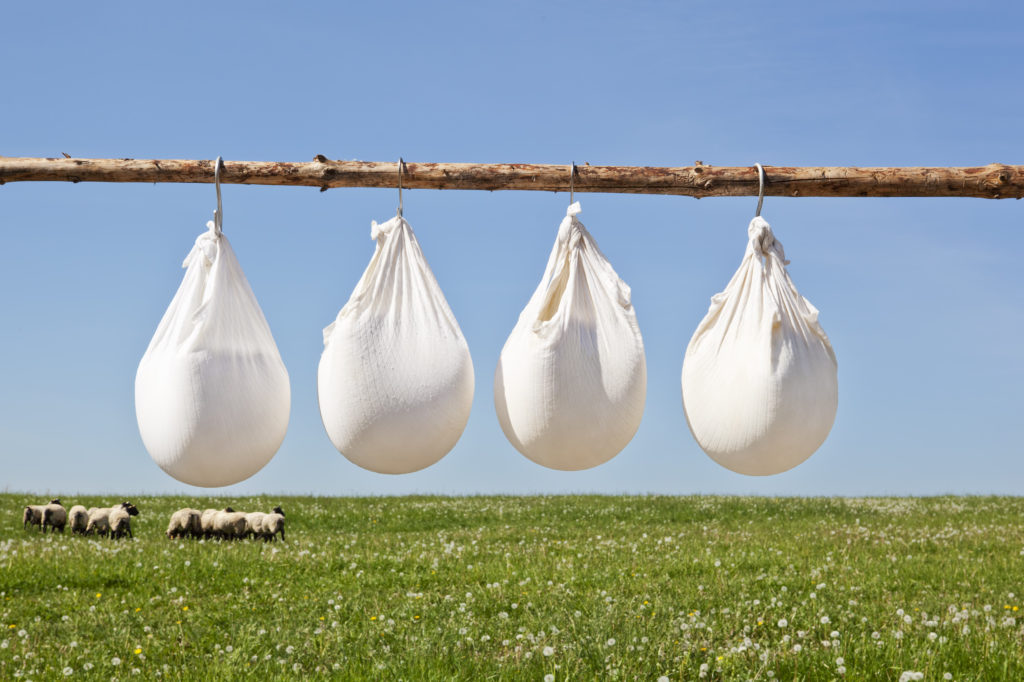
The squeezed cap and lees (after the Cheese Wine has been filtered) are combined in cloth sacks, and hung out in the sun to start a slow drip process for all the remaining concentrated juice in the product that is caught in the remnants and collected in a Puttony (a 25 kg basket). This process was inspired by the sweet Tokaji wines of Hungary and their Puttonyos system (rated on 3-6 for levels of sweetness when added back into the main juice). The cap and lees is treated with local honey to incorporate with the dripped liquid and add sweetness without sacrificing terroir. The resulting juice is slowly reduced by the sunlight to concentrate the sweetness, and added back into the unbottled portion of juice that is remaining from the Cheese Wine production. Again, nothing is left to waste. The number of baskets of sweet juice determines the 3-6 scale for sweetness in the finished product just like the Hungarian system (as less than 3 baskets of sweet juice just doesn’t cut it for the desired sweetness, and anymore than 6 is just far to sweet and syrupy to really enjoy).
The remaining solids from production are used to create a compostable compound that goes back into the soil of the fields that the cows, sheep or goats who produce the initial milk for the cheese before the Cheese Wine production begins eat their grass from. This entirely closes the loop on waste and much like vineyards, 6-8 years of this cycle tend to increase production and fully develop the display of the terroir for each Cheese Wine producer.
So the next time you are feeling like trying something a bit off the beaten path and tired of the same old run-of-the-mill Sauvignon Blanc or Cabernet Sauvignon, head over to your local wine shop, inquire about where they have Cheese Wine located in the shop (generally towards the end of the imports section, or housed near Mead, Sake, and things of the like), and raise a glass to the future of a happy April Fool’s Day!

